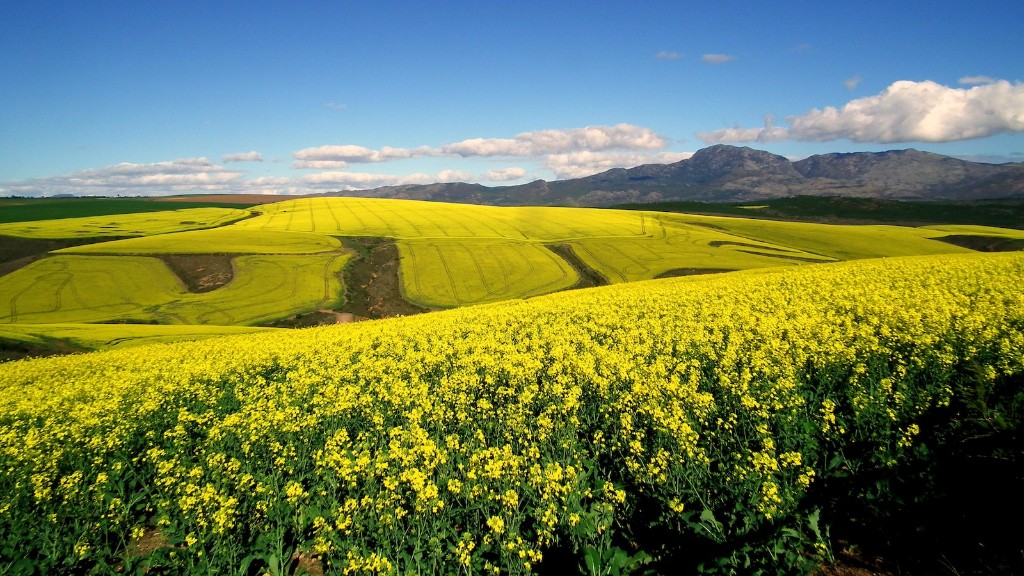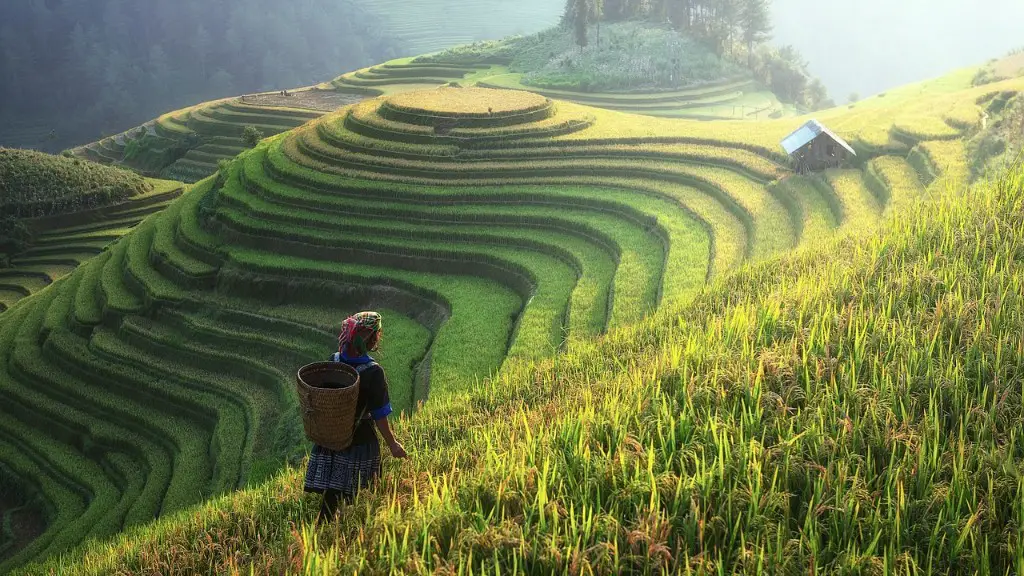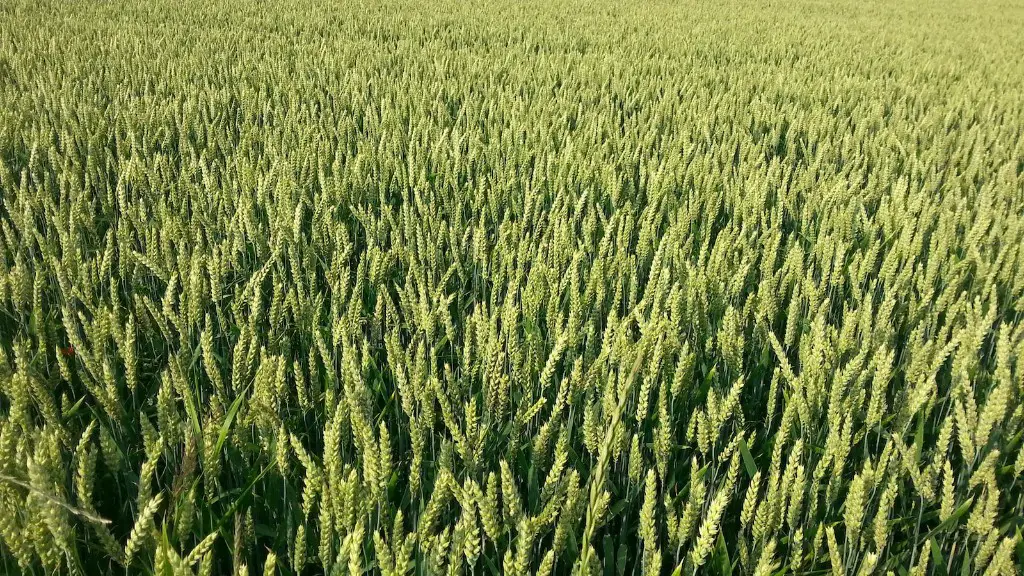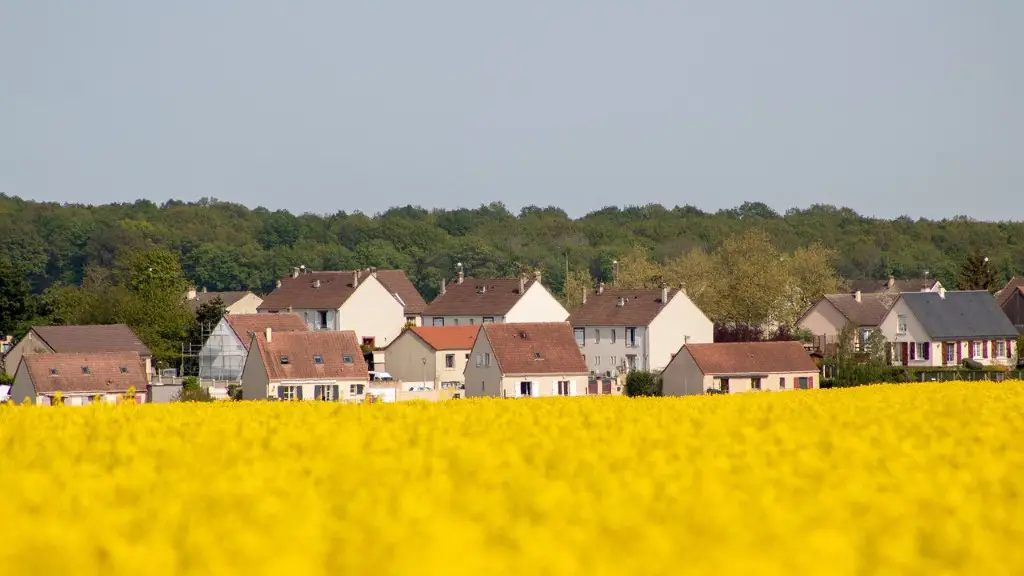Agriculture is the science, technology, and practice of producing food, feed, fiber, and other desired products by the cultivation of certain plants and the raising and care of livestock.
Agriculture is closely connected to environmental and economic sustainability as it affects economic growth, population growth, and climate change. This is why it is widely recognized as an important factor in the global economy.
Agriculture is a wide-spectrum field which involves numerous disciplines such as soil science, botany, meteorology, animal science and genetics.
Agricultural practices are varied and include animal husbandry, crop production, tillage, and pest management. Animal husbandry involves the care and management of animals such as livestock, poultry, and fish. Crop production encompasses all activities leading up to the harvest of a crop such as planting, fertilizing, irrigating, and applying pest control.
Tillage is the practice of loosening and turning soil to prepare the land for planting. Tillage is an important agricultural practice as it breaks up soil compaction, prevents water runoff, and kills weeds.
Pest management is the practice of controlling unwanted pests such as insects, weeds, and microbes that can damage crops. The goal of pest management is to reduce economic losses from pests and maximize crop yields.
Agriculture is integral to human existence and livelihoods as it provides food, fiber, fuel, and other commodities for human consumption. The demand for food and other products produced by agriculture is increasing as the global population grows.
Animal Husbandry
Animal husbandry is a branch of agriculture that focuses on the care and management of animals, specifically livestock, poultry, and fish. Animal husbandry involves the selection, care, and feeding of animals, as well as the breeding and management of their offspring. Animal husbandry is important in the production of food products, as well as for recreational and therapeutic purposes.
In order for animal husbandry to be successful, animals need adequate water, food, shelter, and care. Animal husbandry helps to protect animals from disease, as well as providing healthcare in the form of vaccinations and medications. Animal husbandry is also important for the environment, as it can help reduce the environmental impact of agriculture.
Animal husbandry involves a variety of activities. These activities range from providing nutrition and housing to breeding and genetics. Proper nutrition is key to the health and longevity of animals, and the selection of feed depends on their age, species, and stage of growth. Housing provides shelter and protects animals from predators and harsh weather.
Breeding is one of the most important aspects of animal husbandry. Breeding animals involves selecting the right combination of traits to achieve desired characteristics in the resulting offspring. Animal husbandry also involves the use of genetics to selectively breed animals that express desired characteristics such as size, color, temperament, and performance.
Animal husbandry is a vital part of agriculture, as it provides important sources of food and animal products for humans, as well as providing recreation and therapeutic benefits. Animal husbandry requires the implementation of sound management practices to ensure the health and productivity of animals.
Crop Production
Crop production, also known as agronomy, is the science, technology, and practice of producing crops from the land. Crop production includes all activities involved in the growth and harvesting of a crop, such as planting, fertilizing, irrigating, and pest control.
Crop production begins with selecting the right type of crop for the particular environment. This involves considering factors such as soil type, climate, and market demand. Crop rotation strategies are also important in selecting the right type of crop, as rotating crops helps to reduce soil fertility and pest pressure.
Fertilizers are essential in crop production, as they provide essential nutrients to the crop that help to maximize yield. Different types of fertilizer can be used, depending on the crop and the soil. Irrigation is also important in crop production, as it supplies water to the crop and helps to prevent soil erosion.
Pest management is an important part of crop production, as pests can reduce crop yields and quality. Pest management involves the use of pest control products and techniques to limit the damage caused by pests. Crop producers also use biological control, cultural control, and mechanical control to reduce pest damage.
Crop production is an integral part of agriculture, as it provides food and other commodities for human consumption. Crop production requires the implementation of sound management practices to ensure the health and productivity of crops.
Tillage
Tillage is the practice of loosening and turning soil to prepare the land for planting. Tillage involves the use of tools, such as the plow, to break up the soil, creating a seedbed. This makes it easier for crops to take root and access the soil’s nutrients.
Tillage is an important agricultural practice as it breaks up soil compaction, prevents water runoff, and kills weeds. It also helps to increase water infiltration into the soil and improves the soil’s fertility.
Different types of tillage implement different types of soil disturbance. Conventional tillage involves the use of deep plowing and is the most intensive type of tillage. Minimum tillage involves less soil disturbance and does not involve the use of a plow. No-tillage is a growing practice in which no tillage is practiced and crop residue is left undisturbed.
Tillage is an effective way of preparing the soil for planting, and it can also be used to manage weeds and pest infestations. However, tillage can also lead to soil loss and erosion, so it is important to consider the pros and cons before implementing tillage practices.
Tillage is an important agricultural practice, as it helps to prepare the soil for planting and manage weeds and pests. However, it is important to weigh the pros and cons of tillage before implementing any tillage practices.
Pest Management
Pest management is the practice of controlling unwanted pests such as insects, weeds, and microbes that can damage crops. The goal of pest management is to reduce economic losses from pests and maximize crop yields.
Pest management involves the use of pest control products and techniques such as chemical, cultural, and biological control. Chemical control involves the use of insecticides and herbicides to reduce pest populations. Cultural control involves changing cultural practices such as field rotation or irrigation to reduce pest populations.
Biological control is the use of a living organism to control a pest. This can be done through the release of natural predators or by introducing pathogenic organisms that attack the pest. Biological control is an effective method of pest management, as it helps to reduce the use of chemical insecticides.
Pest management is important in agricultural production, as it helps to reduce economic losses from pests and maximize crop yields. The use of pest control products and techniques can help to reduce the impact of pests on crops, and promote sustainable agricultural production.
Economic Sustainability
Economic sustainability is an important component of agricultural production. Economic sustainability involves the use of innovative and cost-effective production methods to maximize profits and minimize environmental impacts.
Agricultural production must be economically viable in order for it to be sustainable. This involves using production methods that maximize yields and profits while minimizing inputs such as water and fertilizer. In addition, production methods should take into consideration the long-term impacts of soil erosion, water pollution, and climate change.
In order to achieve economic sustainability, farmers must use efficient production methods that maximize their profits while minimizing their environmental impacts. They should also practice smart land management techniques such as reducing tillage and using cover crops to prevent soil erosion and water pollution.
Economic sustainability is increasingly important in agriculture and is an integral part of sustainable agricultural production. Farmers must use efficient production methods that maximize their profits while minimizing their environmental impacts in order to achieve economic sustainability.
Climate Change
Climate change is a major environmental issue affecting agriculture. Climate change can have serious impacts on crop production, as changes in temperature, precipitation, and CO2 levels can lead to changes in growth and yields.
Agriculture is one of the sectors most affected by climate change, as it is highly sensitive to changes in temperature, precipitation, and soil fertility. Climate change can lead to extreme weather events, such as droughts, floods, and heat waves, which can have serious impacts on crop production.
In order to adapt to a changing climate, farmers must use climate-smart agriculture practices. This involves using production methods that are resilient to climate change, including crop diversification, precision agriculture, and water harvesting. Farmers can also make use of new technologies such as precision irrigation systems to help reduce water loss in the face of climate change.
Climate change is a major environmental issue, and it is essential that farmers make use of climate-smart agriculture practices in order to adapt to a changing climate. These practices can help to reduce the impacts of climate change on crop production and ensure food security.





